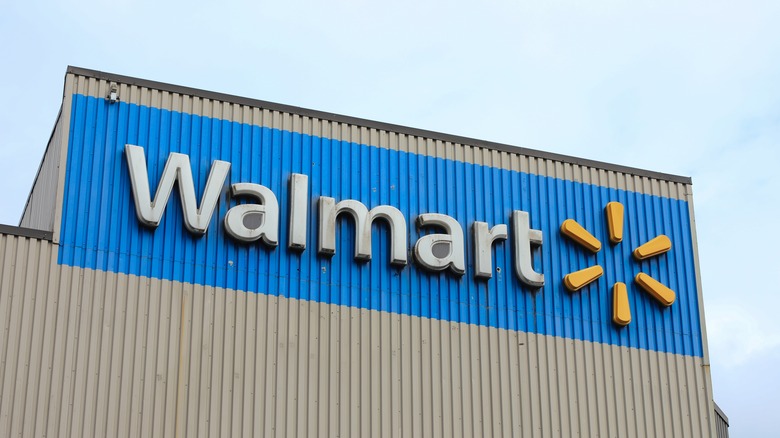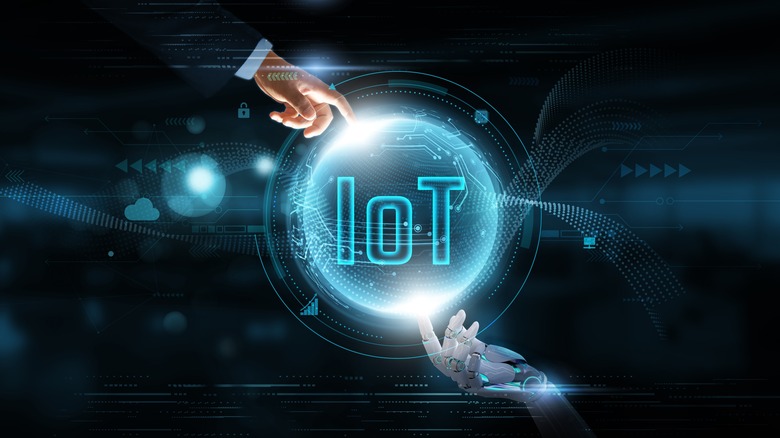Walmart Is Deploying Ambient IoT To Help Keep Track Of All Its Items Across Stores
On the surface, there doesn't seem to be a lot to Walmart. It's likely seen as little more than a globe-spanning grocery store chain with relatively cheap goods. Digging a bit deeper into the less public-facing side of the company, however, reveals that there's far more to Walmart than meets the eye. Walmart has developed its own exclusive home, auto, and tech brands; it has avenues for third-party sellers to make sales through its app and website; and it's highly interested in technological innovation. For evidence of the latter, look no further than its latest move into IoT and AI integration.
An October 2025 press release revealed that Walmart has aligned itself with IoT company Wiliot to bring in ambient IoT technology throughout its supply chain. Wiliot's IoT sensors will track every item in Walmart's distribution centers and stores, providing the precise location of items in real time and allowing Walmart to identify if it owns said items. The expectation is that these sensors will be integrated into Walmart's entire United States supply chain, with the intention to bring the IoT sensors to roughly 4,600 locations by the end of 2026. While Walmart's IoT ambitions seem to focus primarily on tracking and cataloging its items, the company can get more out of this tech than that.
What ambient IoT can offer Walmart
Wiliot's IoT sensors, known as Pixels, work without batteries, connect via Bluetooth, and are capable of tracking item locations, temperature, humidity, and dwell time. Walmart can then use this data to keep track of items and improve supply chain efficiency. All of this data helps Walmart with more than just keeping its inventory in check, though. For one, it can help combat delivery scams. With the precise location of items constantly at the company's disposal, it can ensure that shipments make it to customers as promised. It's also intended to improve employee workflow, as the data will make finding items easier, saving employees the time that they would otherwise spend looking around the store.
Cost is also a big factor in adopting this new inventory tracking system. Bill Ray, the vice president, analyst, and chief of research at the Gartner research firm, told CNBC that IoT sensors promise lower adoption costs than the older RFID system that Walmart had implemented in the 2000s: "The cost of the [RFID] tags prevented the transformation it had promised. The industry has been able to integrate the new, lower-cost tags into the same value models, and come up with positive answers." Still, he notes that while the costs to adopt the IoT system are lower, whether it can perform as highly as those at Wiliot posit it can remains to be seen.
It wasn't long ago that we thought IoT technology still had a long way to go to be trustworthy, but Wiliot claims that its products specifically are ready for wide adoption. Time will tell how this new system shakes out.

